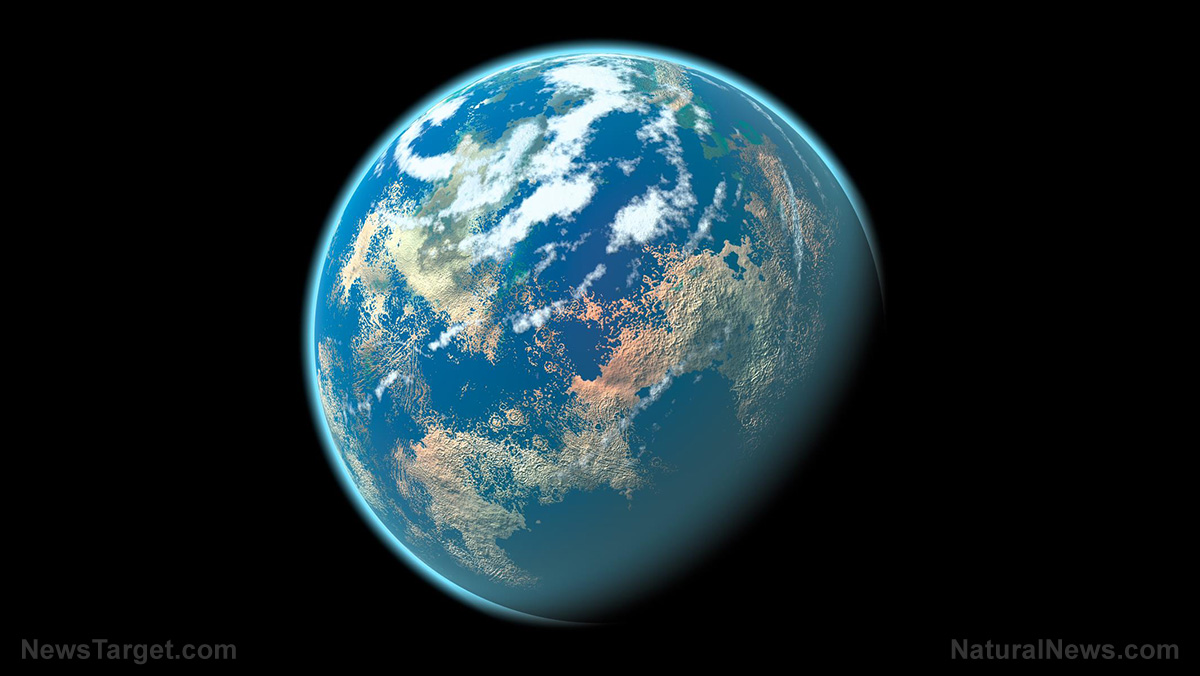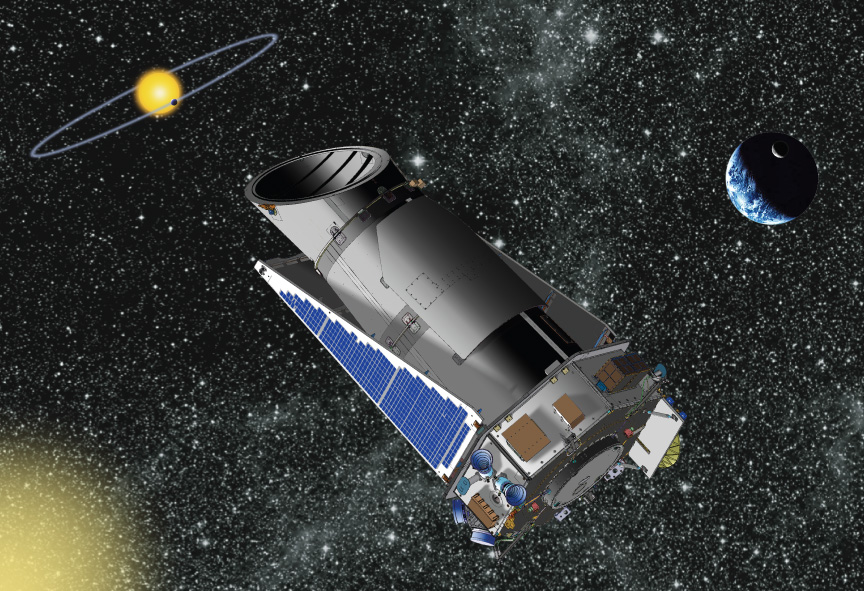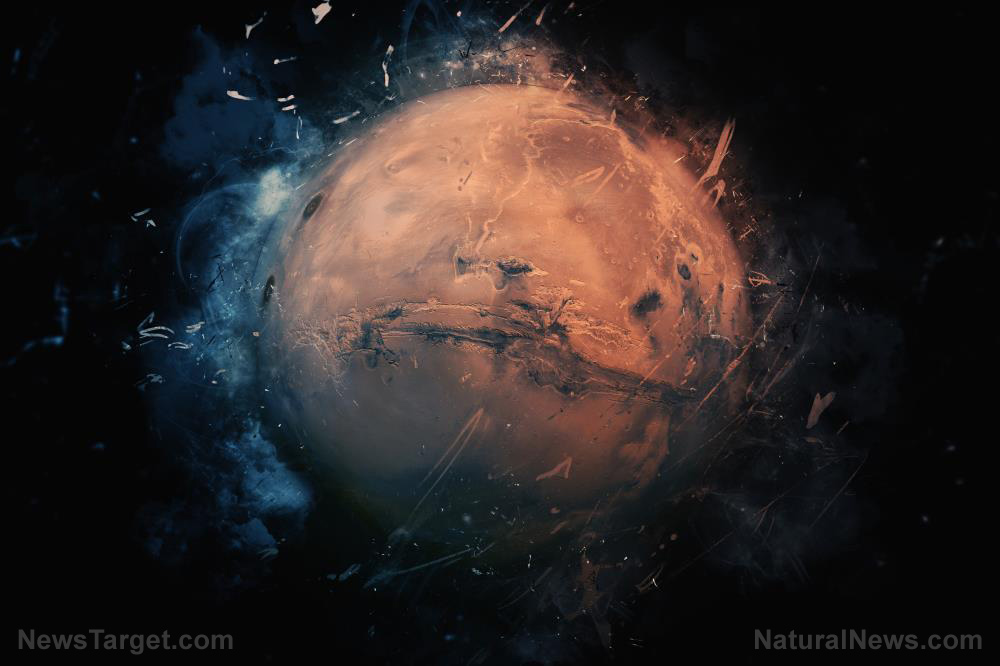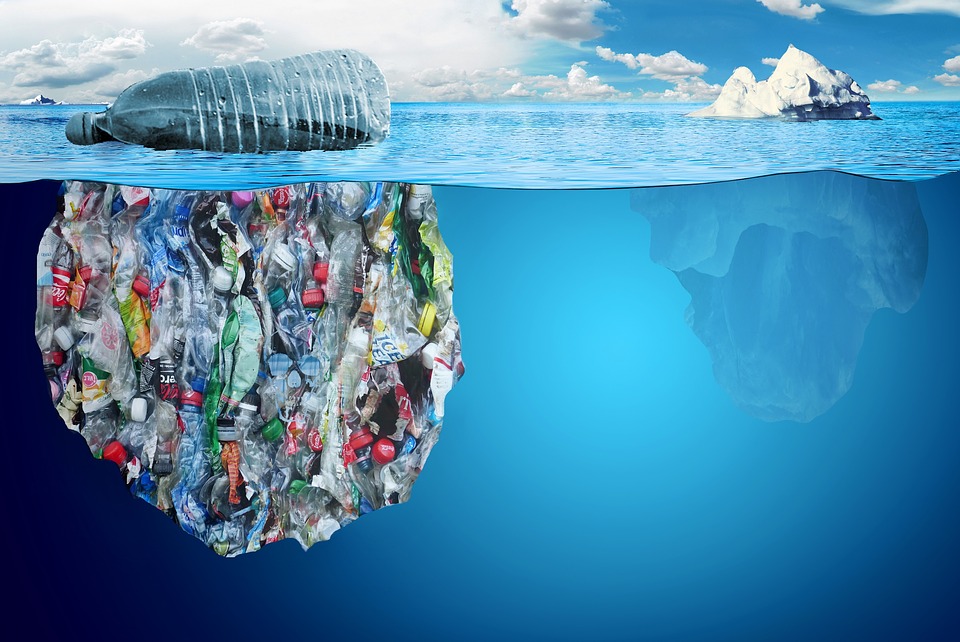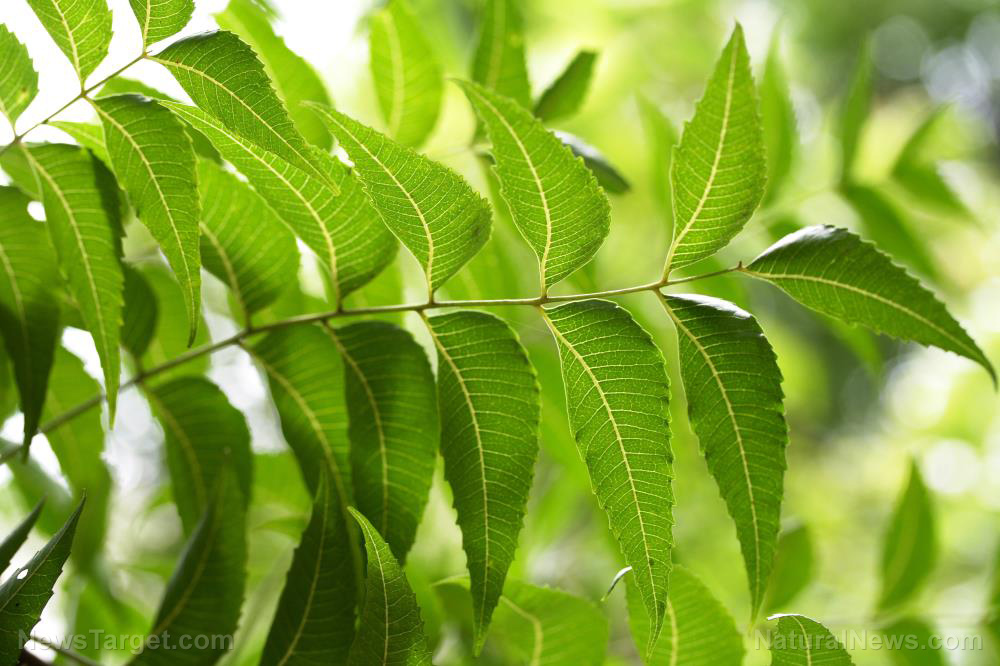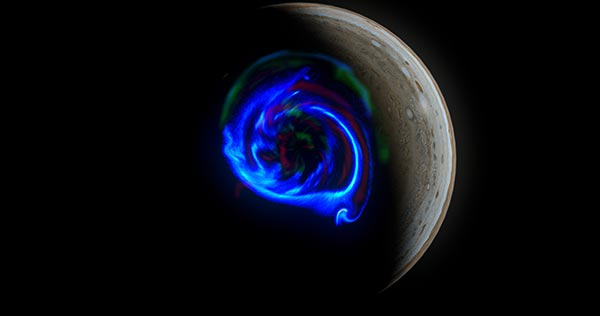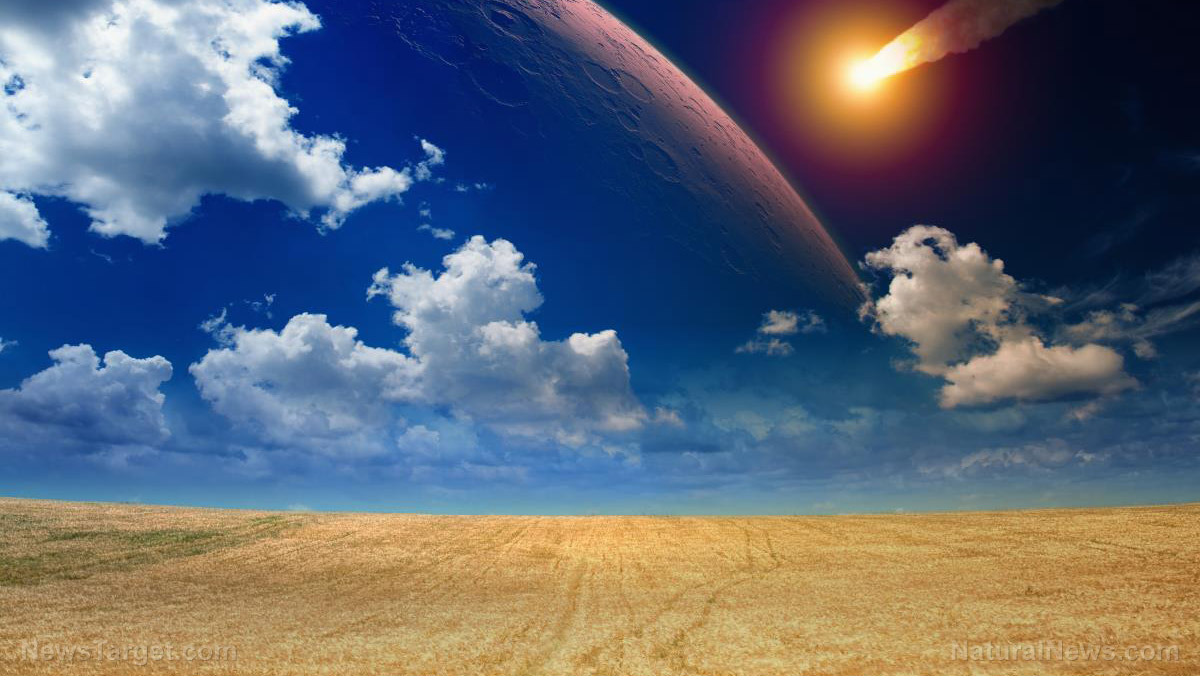Study: Future space missions could head for ice deposits in shadowed craters near the Moon’s south pole
05/13/2020 / By Arsenio Toledo
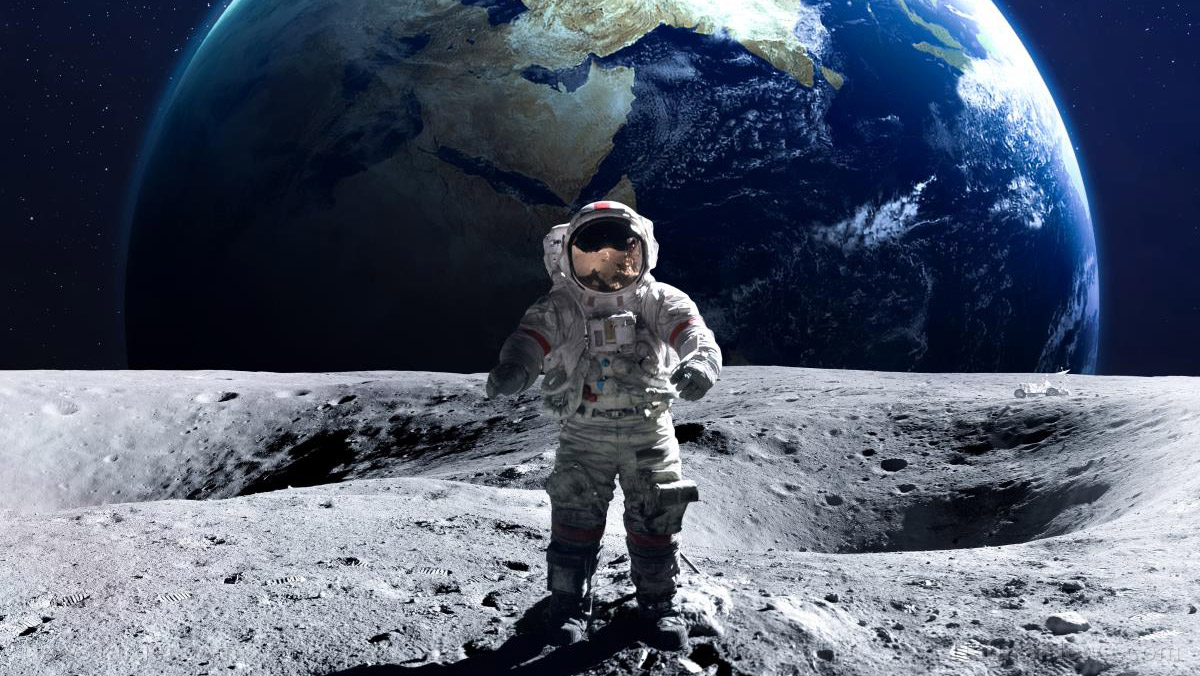
Researchers from the University of California believe there is a lot more water on the Moon than previously thought.
There are patches of water ice in the craters in the Moon’s southern region. These patches have been preserved for thousands – possibly even millions – of years due to the Moon’s lack of an atmosphere and to the fact that some of the Moon’s southern regions almost never see sunlight. Scientists believe that the water trapped in these areas, which have temperatures that can reach as low as -388 F, will remain there forever.
However, this research has shown that this may not be the case. Thanks to natural processes such as meteoroid impacts and solar wind, the ice in the Moon’s southern regions may be escaping to sunnier parts of the lunar surface.
Meteorite impacts may be filling up Moon’s craters with water
“People think of some areas in these polar craters as trapping water and that’s it,” said William Farrell, lead researcher and plasma physicist at NASA’s Goddard Space Flight Center in Maryland.
“But there are solar wind particles and meteoroids hitting the surface, and they can drive reactions that typically occur at warmer surface temperatures. That’s something that’s not been emphasized.”
Farrell and his colleagues, who published their study in the journal Nature Geoscience, studied shaded areas on the surface of Mercury which, similar to the Moon’s southern region, are also protected from the sun.
Farrell and his team analyzed data gathered from NASA’s MESSENGER probe, which spent four years in Mercury’s orbit, and found evidence that strongly suggests that the planet could have caches of ice hiding in permanently shaded craters. (Related: Scientists believe the Earth had water before we had the moon, according to surprising new study.)
This means that similar situations may be found on the Moon’s perpetually dark regions. The researchers further speculate that impacts from icy comets can not only dislodge the frozen water caches, but they may also be replenishing them, even though the impact will cause some of the water to fly off into space.
Previous evidence, collected by NASA’s Lunar Reconnaissance Orbiter (LRO) probe, found that some of the craters on the Moon partially consisted of both water and ice vapor.
A different study conducted by scientists from Goddard, also suggested that the craters on the Moon’s south pole could be housing water, albeit in substantially fewer quantities than what Farrell’s team has suggested.
Future missions should study water-filled craters
Farrell and the other researchers believe that their study can be useful for future plans to further explore the Moon. However, this presents a problem, as the conditions in the Moon’s shaded southern regions will be exceptionally harsh, which is why Farrell and the other researchers have suggested that any future mission should instead look for water in the outer edges of the Moon’s shaded regions.
Dana Hurley, a planetary scientist at the Johns Hopkins University Applied Physics Laboratory, who didn’t participate in the study, said that the meteoroids that constantly pepper the surface of the Moon are “doing some of the work for us” whenever they transport the water deposits from the coldest and darkest regions of the Moon toward the south pole’s boundary regions, where future manned or unmanned Moon missions may be able to access the water.
“[This study is] also telling us that what we need to do is get on the surface of one of these [boundary regions] and get some first-hand data about what’s happening.”
Sources include:
Tagged Under: cosmic, future science, ice deposits, meteoroid, meteors, Moon, NASA, outer space, research, satellite, Space, water
RECENT NEWS & ARTICLES
Physics.News is a fact-based public education website published by Physics News Features, LLC.
All content copyright © 2018 by Physics News Features, LLC.
Contact Us with Tips or Corrections
All trademarks, registered trademarks and servicemarks mentioned on this site are the property of their respective owners.


